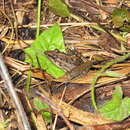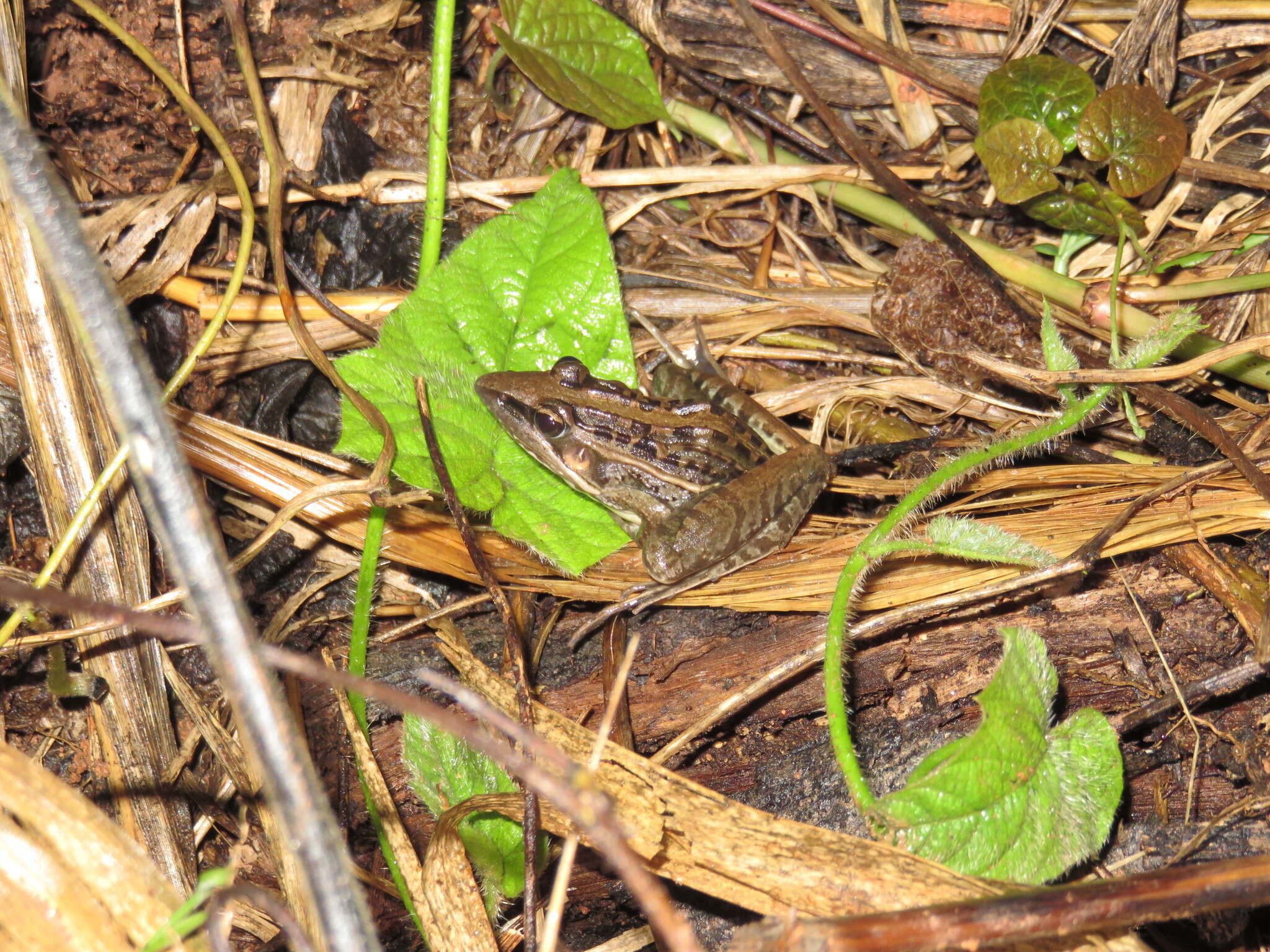en
names in breadcrumbs



Ptychadena perreti is a species of amphibians in the family Ptychadenidae. They are found in Afrotropics. They have sexual reproduction. They rely on saltation to move around.
EOL has data for 18 attributes, including: